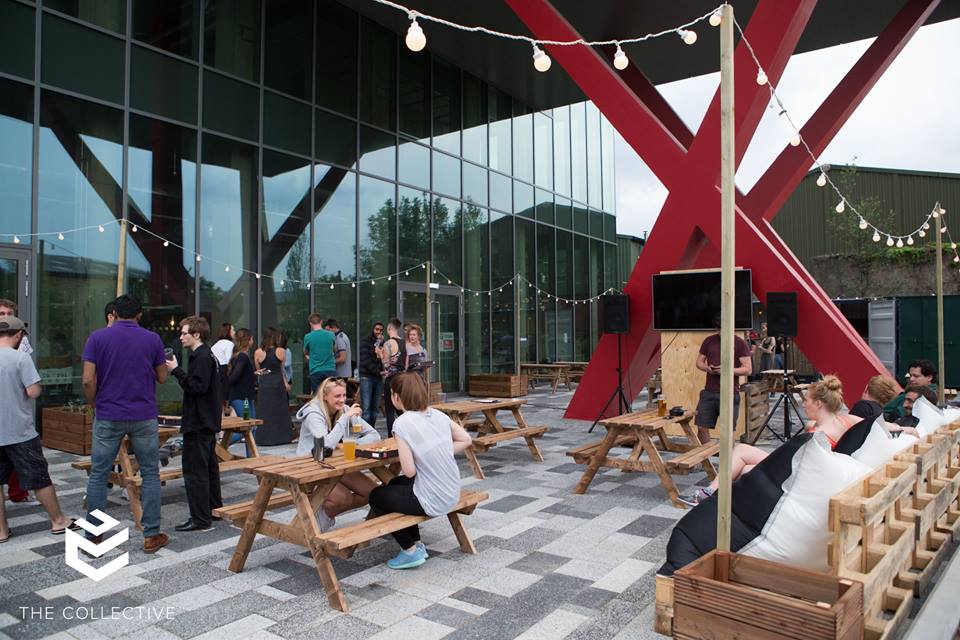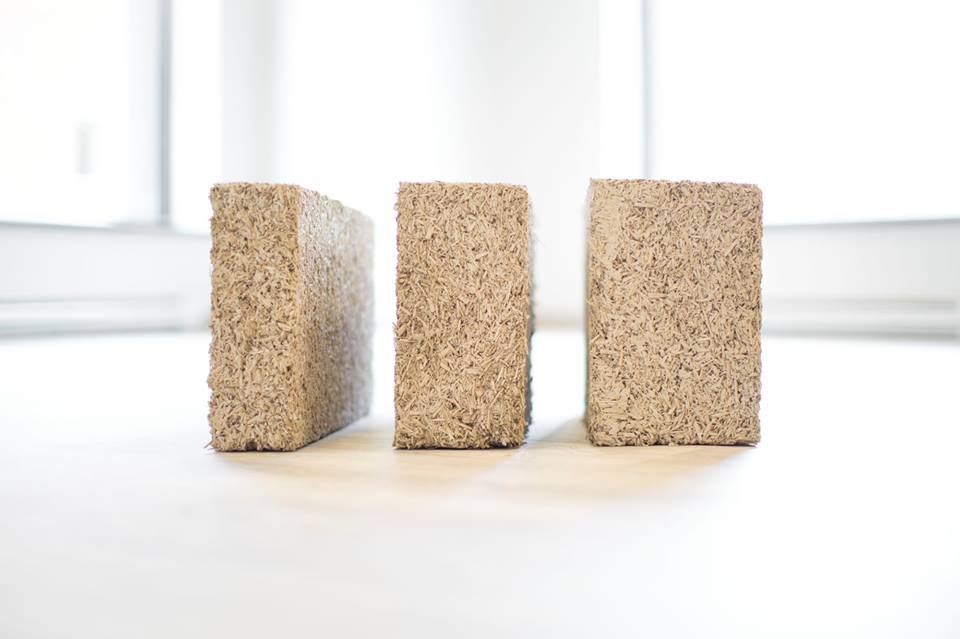
by GaiaInnovations | Oct 17, 2016
Environment |
Infrastructure |
We are making a building material out of hemp to build a better world.
This precast and pre-dried form of hempcrete will improve the speed of implementation, using a universal method: the brick wall. We want to be a sustainable development accelerator.
ART DU CHANVRE is a company working in construction and design. Specialists in hemp insulation and lime finishes. All of our services and products are the fruits of dedicated craftsmanship. We have an engagement for quality.
Our vision is to grow our own organic hemp, to transform it in our future plant powered by renewable energy and to produce and distribute our products, our equipment and our expertise. This is our long-term vision for this project and we hope it becomes a model for other communities around the world. Our hope is the Building with hemp project becomes a success throughout communities.
Hempcrete is the wall system that owns all the qualities. The hemp & lime insulation is completely natural. Its resistance to fire, mold and vermin makes it the most durable of all.
This information comes from the website of ART DU CHANVRE.
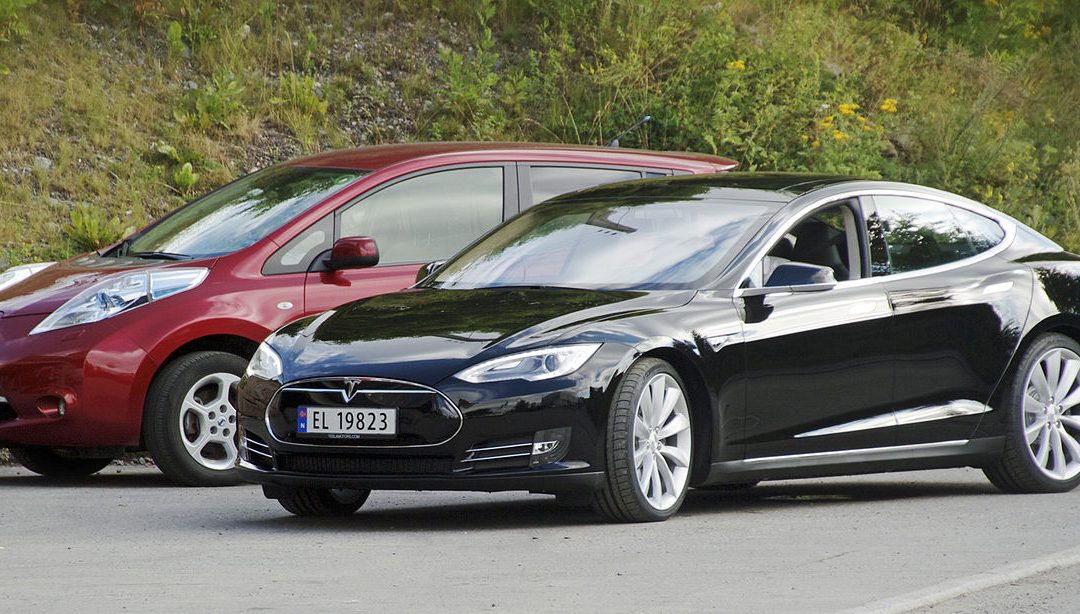
by GaiaInnovations | Oct 13, 2016
Environment |
Infrastructure |
The fleet of plug-in electric vehicles in Norway is the largest per capita in the world, with Oslo recognized as the EV capital of the world.
As of July 2016, the market concentration was 21.5 registered plug-in cars per 1,000 people, 14.2 times higher than the U.S., the world’s largest country market. Norway’s fleet of electric cars is one of the cleanest in the world because 98% of the electricity generated in the country comes from hydropower. In March 2014, Norway became the first country where over one in every 100 passenger cars on the roads is a plug-in electric, and the segment’s market penetration passed 3% in December 2015.
The stock of light-duty plug-in electric vehicles registered in Norway totaled 121,330 units at the end of September 2016, making the country the fourth largest plug-in market in the world after the U.S., China and Japan. As of September 2016, the Norwegian fleet of plug-in electric vehicles consist of 92,813 all-electric passenger cars, 26,225 plug-in hybrids, and 2,292 all-electric vans. The total stock includes more than 14,000 used imported electric cars from neighboring countries. The Norwegian plug-in electric vehicle market share of new car sales has been the highest in the world for several years, reaching 22.4% in 2015, up from 13.8% in 2014. The highest-ever monthly market share for plug-in electric segment was achieved in March 2016 with one in three passenger cars registered being a plug-in electric car (33.5%). Registrations of light-duty plug-in electric vehicles in Norway passed the 100,000 unit milestone in April 2016. Norway is the largest European market for both the Nissan Leaf and the Tesla Model S.
Among the existing government incentives, all-electric cars and vans are exempt in Norway from all non-recurring vehicle fees, including purchase taxes, and 25% VAT on purchase, together making electric car purchase price competitive with conventional cars. Also, the government approved a tax reduction for plug-in hybrids in effect starting in July 2013.
Read the rest of the article in Wikipedia.
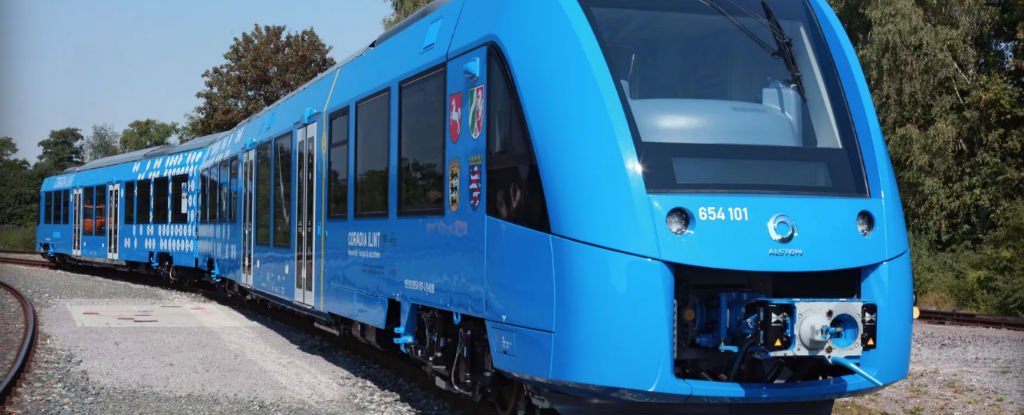
by GaiaInnovations | Oct 13, 2016
Infrastructure |
The world’s first hydrogen-powered passenger train is coming to Germany
The world’s first hydrogen-powered passenger train has been unveiled this week by French transport company Alstom, which will be operating the incredibly quiet and environmentally friendly ‘Coradia iLint’ in Germany from next year.
The best thing about the Coradia iLint train is that it only leaks excess steam and condensed water into the atmosphere, which means it offers a zero-emissions alternative to Germany’s 4,000-strong fleet of diesel trains.
Nicknamed the hydrail, it’s set to become the first hydrogen-powered passenger train to regularly operate over long distances.
Read the rest of the article by BEC CREW in Science Alert.
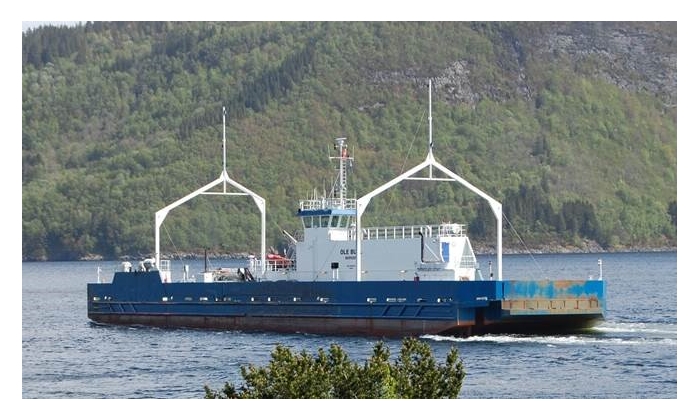
by GaiaInnovations | Oct 12, 2016
Infrastructure |
CMR Prototech is planning to install hydrogen fuel cells on the Osterøy car ferry “MF Ole Bull”, operating between Valestrand and Breistein just outside Bergen. The ferry will be the first car ferry in Norway to use hydrogen as fuel. The aim of the project is to demonstrate the feasibility of hydrogen and fuel cells for marine electric propulsion, and to test hybrid operation together with Li-ion batteries. One of the ferry’s two diesel engines will be replaced by an electric motor powered by 200 kW commercially available PEM fuel cells combined with 100 kWh batteries.
This information comes from the website of Christian Michelsen Research.
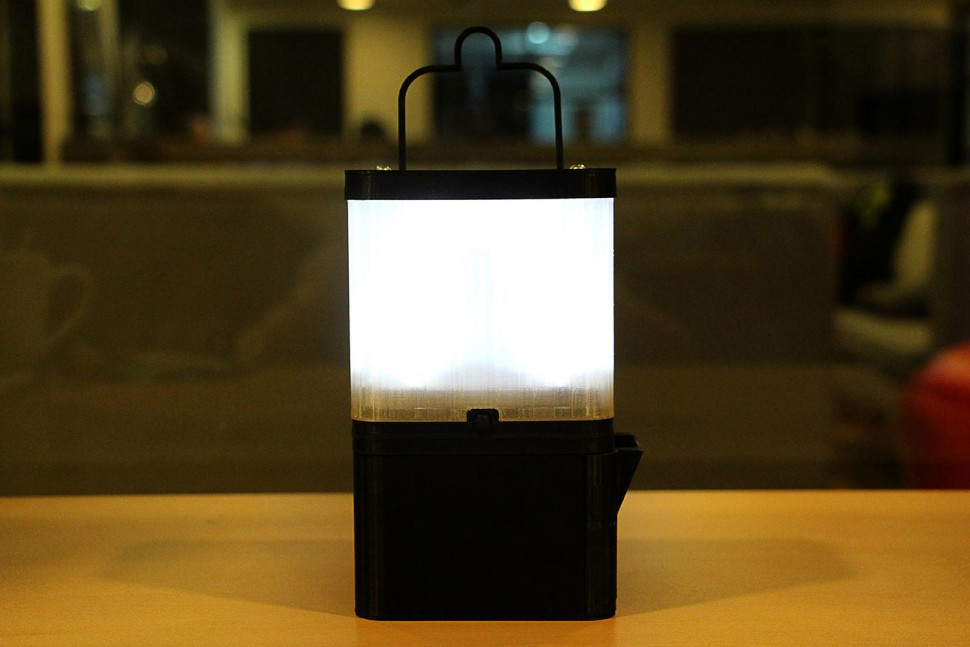
by GaiaInnovations | Oct 8, 2016
Infrastructure |
Sustainable and cost effective ecologically designed lamp activated by water and salt.
The salinity of ocean-water can operate your lamp. Use the ocean-water to power up your lamp and it will give you 8 hours of running-time. Salinity is expressed by the amount of salt found in 1,000 grams of water. The average ocean salinity is 35 parts per thousand. Store ocean-water in bottles and use them to power up you lamp anytime, anywhere.
In disaster situations such as super typhoons, earthquakes — a steady supply of food, drinking water and sustainable light source is very essential. This lighting option also does not emit harmful gasses and leaves minimal carbon footprint making it very environmentally friendly.
We want to eliminate the sustaining cost in areas that rely on kerosene lamps as their main source of lighting. Replace consumable every 6 months! Using SALt lamp 8 hours a day, with proper maintenance, will give you an anode lifespan of 6 months. Use this as an alternative light source will prolong the life of your anode for more than a year.
There are no materials and components inside the lamp that may cause fire accidents. One less thing to worry about for families that rely on kerosene lamps as their main source of lighting. This lamp uses the science behind the “Galvanic cell,” the basis for battery-making, changing the electrolytes to a non-toxic, saline solution — making the entire process safe and harmless.
This information comes from the website of SALT.
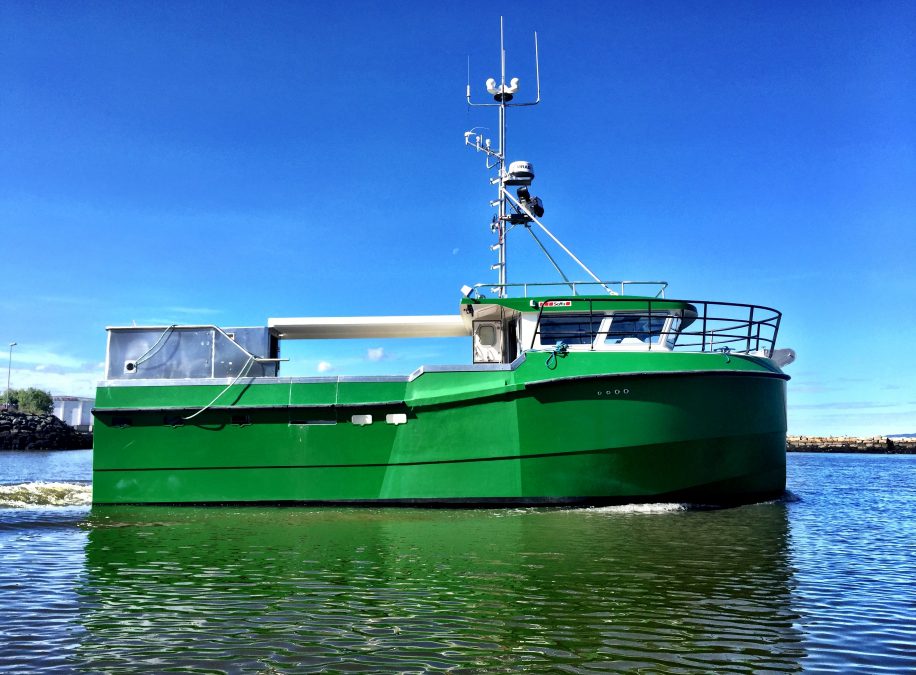
by GaiaInnovations | Oct 6, 2016
Infrastructure |
Siemens has supplied the propulsion system for the world’s first electric fishing boat. The solution saves fuel, reduces maintenance costs, and is broadly applicable.
A new fishing cutter called the Karoline has been developed by boat builder Selfa Arctic AS. The boat’s main propulsion system is an electric motor that gets its energy from a set of batteries. When the boat is in port at night, its batteries are recharged with electricity from the local grid. As a precautionary measure, the boat is also equipped with an efficient diesel engine and an electric generator. This combined propulsion system was jointly developed by Siemens and Selfa. Siemens supplied the propulsion technology, including the electric motor, the batteries, the generator, and the control unit for the entire system.
Karoline’s home port is Tromsø in Norway, where the boat has been going out to sea since early October. Fishermen find it less strenuous to work on the Karoline than on conventional boasts, because the electric motor doesn’t produce exhaust gases, vibrations, and the noise associated with diesel engines.
Electric boats are especially advantageous in Norway, because the country generates its electricity exclusively from renewable sources, thus emitting no greenhouse gases. Norway’s fishing fleet could cut its fuel consumption by 80 percent if all of its boats were fitted with electric motors. The amount of fuel involved is considerable, given that the fishing fleet currently consumes about 400 million liters of diesel per year. This would go a long way toward achieving the Norwegian government’s goal of cutting the country’s CO2 emissions by 40 percent.
Big savings
Fishing cutters can be in operation for up to 12 hours per day. But most work days last only about eight hours and the Karoline’s batteries are powerful enough to cover this. However, if the batteries’ charge level drops below a certain value, the cutter’s diesel engine and generator, each of which has 60 kilowatt (kW) of output, automatically kick in to produce power for the electric propulsion system.
Read the rest of the article on Siemens.
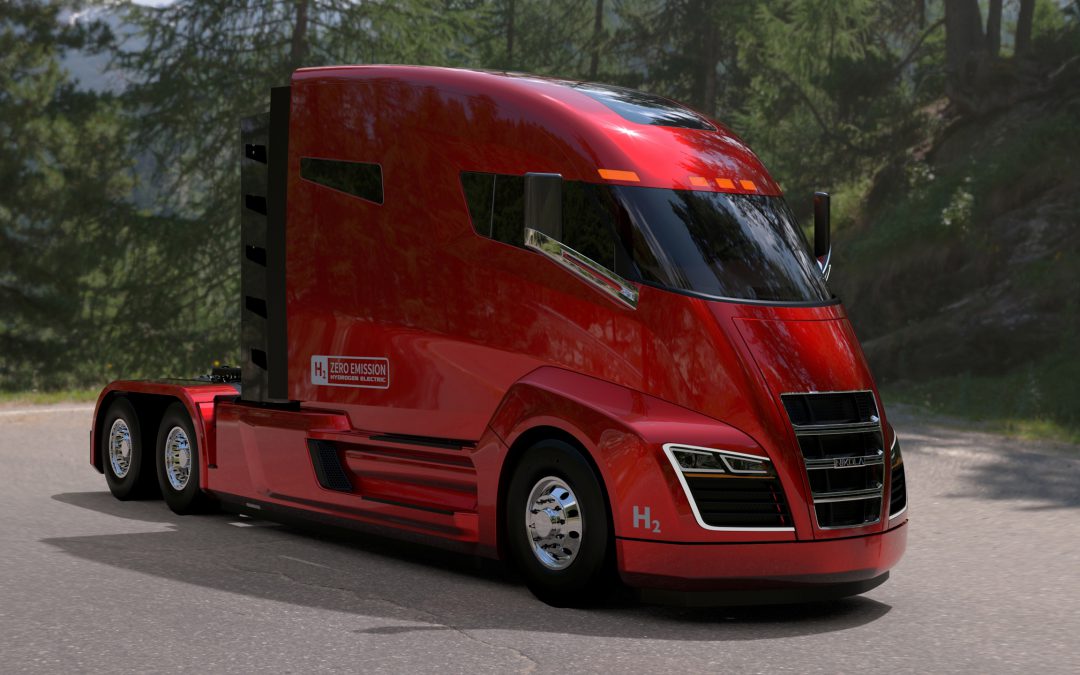
by GaiaInnovations | Sep 25, 2016
Infrastructure |
Nikola Motor Company Announces U.S. and Canadian Class 8 Trucks Will Be Hydrogen Fuel Cell Powered and 100% Emission Free.
Nikola is announcing that the electric drivetrain used in the U.S. and Canadian markets will be powered by a custom-built hydrogen-electric 800V fuel cell. Nikola’s hydrogen class 8 trucks will be more powerful than any other production diesel truck on the road and have a range of over 1,200 miles between fill-ups. It will achieve nearly 20 MPG with zero emissions under full load, surpassing all the government mandates set forth for the next 10 years , including the EPA’s recently announced Phase 2 GHG standards.
“The desire to be 100% emission free in the U.S. and Canada is a critical piece of our long-term engineering and environmental efforts, not just in vehicle energy consumption, but also in how energy is produced. Nikola will produce hydrogen via zero emission solar farms built by Nikola Motor Company. These solar farms will produce over 100 megawatts each and will use electrolysis to create hydrogen from water. Even our manufacturing facilities will be run off of zero emission hydrogen energy,” said Trevor Milton, CEO, Nikola Motor Company.
“Nikola plans to have a nationwide network (USA) of over 50 hydrogen stations for customers to begin fueling by 2020. This will make Nikola Motor Company the first company in the world to be 100% emission-free from energy production to transportation to consumption. Say goodbye to the days of dirty diesels and after treatment in the heavy duty class 8 market,” added Milton.
This information comes from Nikola Motor Company press release August 30, 2016.
Read the whole press release here.





